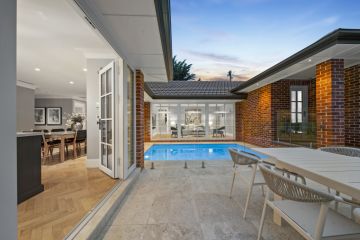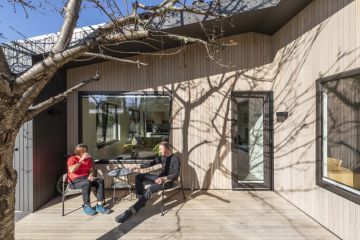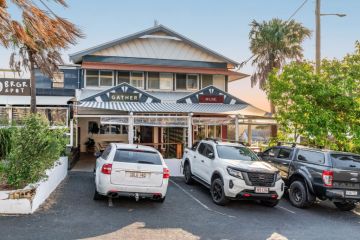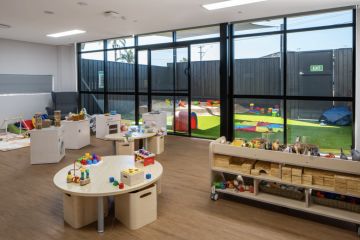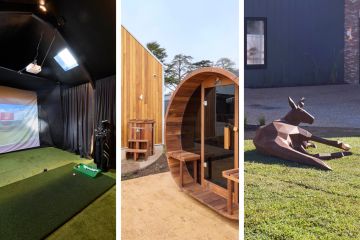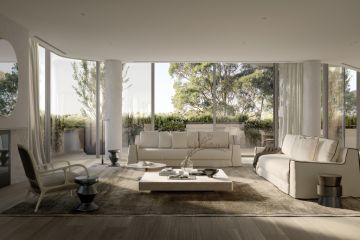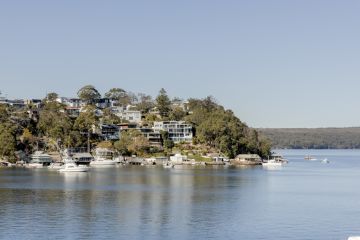'Six panels a minute': more than two million Australian homes now have solar
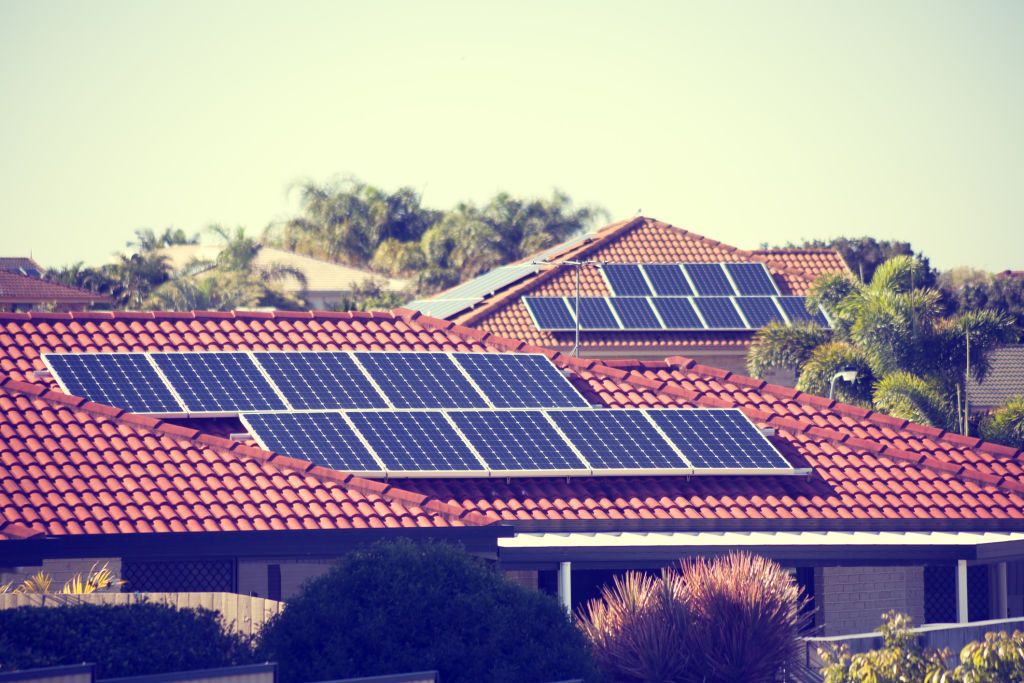
Australians are renowned for being sun-loving and have broken records when it comes to harnessing sunshine: one in five homes is now fitted with rooftop solar panels, according to new data.
The Clean Energy Council found more than two million households have now installed the renewable energy technology with 1000 going in every week and Queenslanders are leading the nation.
Council chief executive Kane Thornton said the popularity and appeal of solar among Australians looking capitalise on solar energy to reduce their power bills was becoming widespread.
“Homes with rooftop solar installed are saving on average of about $540 per year on their electricity bills,” Mr Thornton said. “Solar is a clear way for consumers to take control of their power consumption and cut costs, and it’s growing quickly by word-of-mouth.”
“An average of six panels per minute is being installed in Australia, with the Australian Energy Market Operator estimating an average of 10-20 panels per minute if large-scale solar projects are factored in.”
Four of the nation’s top five solar postcodes were perhaps unsurprisingly in the sunshine state. NSW and Victoria had half the amount of homes with solar rooftops of the leading states of Queensland and South Australia.
| State | Capacity (kW) | Number of systems | Share of homes with solar |
| QLD | 2,313,000 | 592,425 | 30% |
| NSW | 1,783,000 | 449,860 | 15% |
| VIC | 1,493,000 | 372,375 | 15% |
| WA | 1,027,000 | 280,021 | 26% |
| SA | 970,000 | 240,164 | 31% |
| TAS | 132,000 | 33,309 | 14% |
| ACT | 89,000 | 22,120 | 15% |
| NT | 71,000 | 10,856 | 13% |
| Total | 7,878,000 | 2,001,130 | 20.3% |
| Source: Clean Energy Council/Sunwiz | |||
Bundaberg in central Queensland topped the list for the highest number of households with solar power, followed by Mandurah in Western Australia, then three other Queensland locations: Hervey Bay, Caloundra and Toowoomba.
Almost all of these suburbs were in electorates held by the coalition at both federal and state levels except for Mandurah in Western Australia, which is held by a state Labor MP.
| Federal MP | State MP | |
| Bundaberg, QLD | Keith Pitt, LNP | David Batt, LNP |
| Mandurah, WA | Andrew Hastie, LNP | David Templeman, ALP |
| Hervey Bay, QLD | Llew O’Brien, LNP | Ted Sorensen, LNP |
| Caloundra, QLD | Andrew Wallace, LNP | Mark McArdle, LNP |
| Toowoomba, QLD | John McVeigh, LNP | Trevor Watts, LNP |
Federal shadow energy minister Mark Butler said governments were lagging behind their constituents.
“Australians are embracing renewables because they know it equals cheaper power bills and it brings down pollution.”
Greens energy spokesman Adam Bandt said when it came to renewables, “people are streets ahead of the government”.
“The next step is making it easier for renters and people in apartments to join the energy revolution so that capital cities can join the solar postcode leaderboard too,” he said.
“These figures confirm that replacing coal with renewables is a vote-winner right across the political spectrum and it is time the government got on board.”
“The big worry is that after 2020, we have no federal policy to pull big renewable projects into the system, which threatens the solar boom.”
| STATE | Top three solar towns and suburbs |
| ACT | Holt, Brindabella, Calwell |
| NSW | Lismore, Dubbo, Wyong |
| NT | Alice Springs, Nakara, Mitchell |
| QLD | Bundaberg, Hervey Bay, Caloundra |
| SA | Morphett Vale, Aberfoyle Park, Paralowie |
| TAS | Launceston, Devonport, Howrah |
| VIC | Cranbourne, Hoopers Crossing, Werribee |
| WA | Mandurah, Wanneroo, Armdale |
Federal energy minister Angus Taylor said the Morrison government recognised that an increasingly large of Australia’s energy needs are being met by renewables but neded to be backed up by flexible, dispatchable generation and storage.
“We are in the middle of an unprecedented investment in solar, with $15 billion in renewable investments already committed over the next three years,” said Mr Butler.
Warwick Johnston, solar energy consultant at Sunwiz, said with 20 per cent of all houses in Australia now fitted with solar panels, the figures were significant and world-leading.
“Australia has one of the largest and strongest uptakes of residential solar. We’re one of the sunniest countries, we’ve got suburban sprawl and everyone’s got large roofs,” said Mr Johnston.
“We’ve seen that as people add solar it encourages more and more people to add solar. There’s definitely something about keeping with the Joneses that applies in the psyche.
He said even those with small solar systems installed years ago are returning to expand it since the technology has become more affordable.
We recommend
States
Capital Cities
Capital Cities - Rentals
Popular Areas
Allhomes
More
